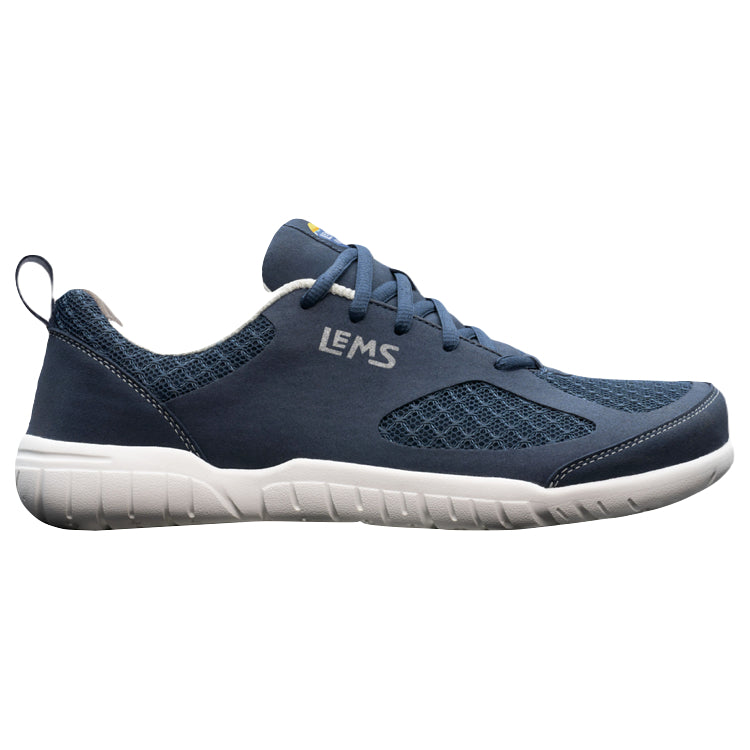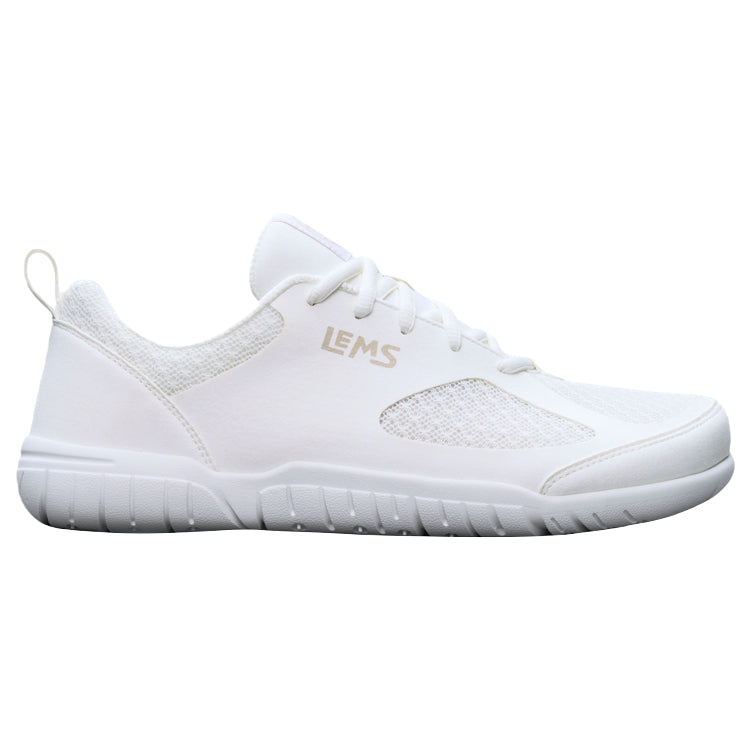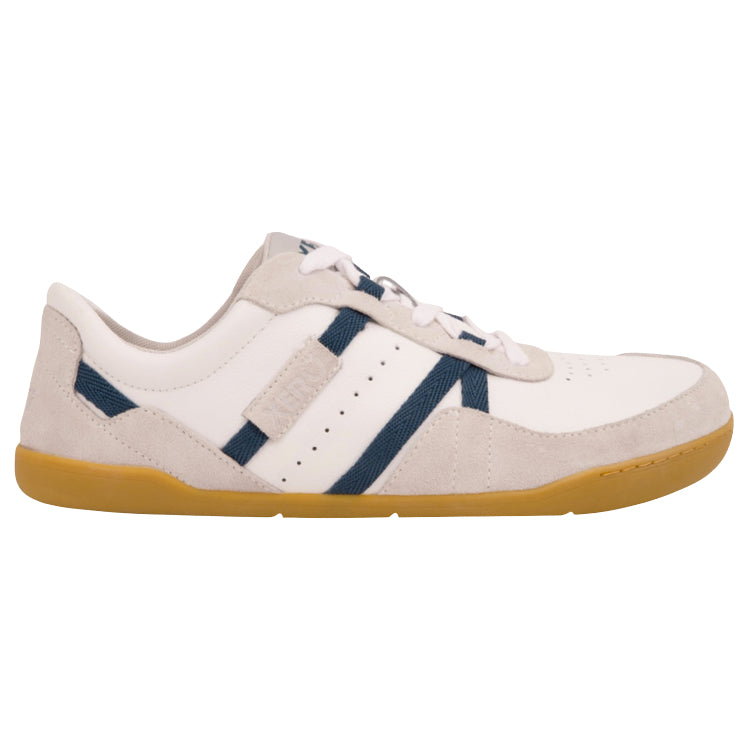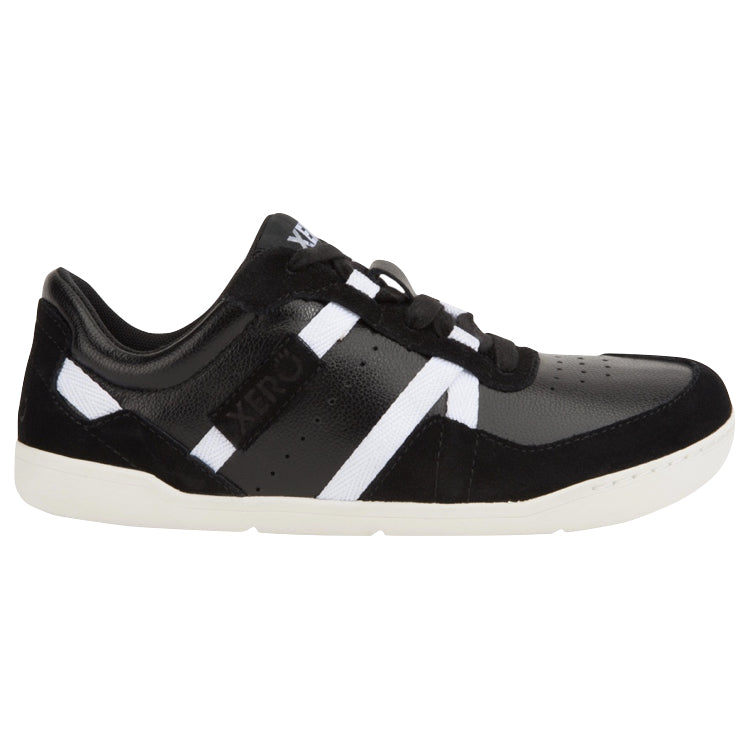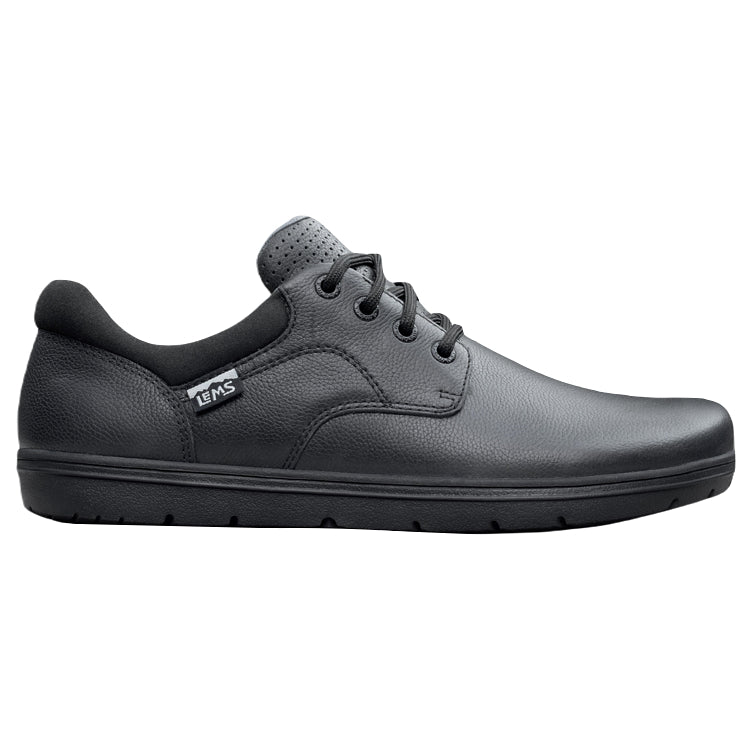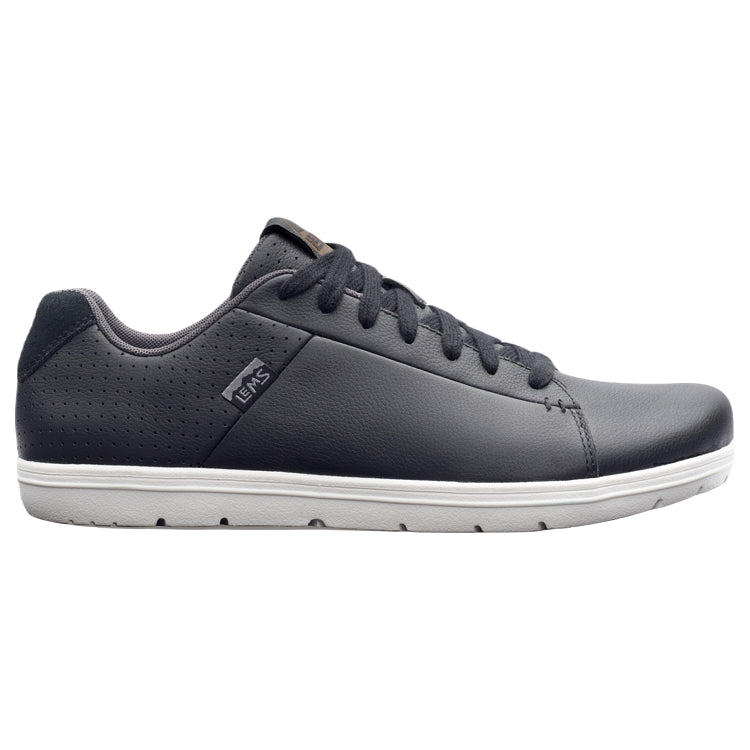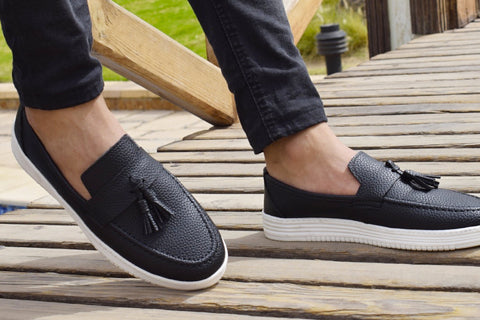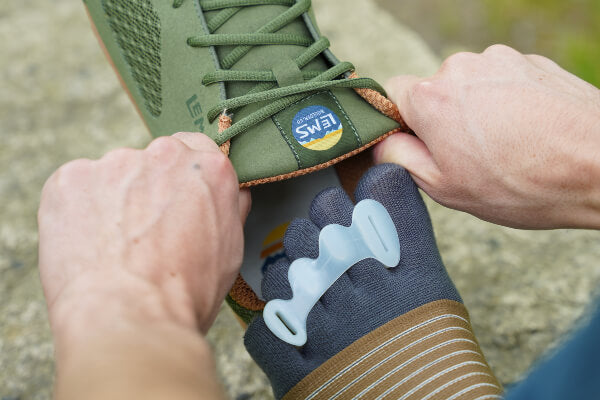
Hi, Germain. What you experienced is not only common but also quite telling. Once your feet have had the opportunity to function naturally in a minimalist environment—where they can splay, flex, and engage in a more anatomically sound way—being confined once again to conventional footwear often feels jarring and, in many cases, downright painful. Traditional dress shoes typically feature rigid soles, tapering toe boxes, toe spring, and elevated heels—all design elements that work against normal foot function and biomechanics. After your body adapts to the freedom and strength that minimalist footwear allows, going back to restrictive shoes is akin to asking your feet to forget everything they’ve learned. The discomfort you felt is your body’s way of signaling that it no longer tolerates being cramped, distorted, or artificially supported.
There’s also a psychological shift that occurs when someone commits to natural foot health. You begin to see your feet not as passive structures to be managed or propped up but as dynamic, adaptable, and intrinsically capable parts of your body—true foundations for lifelong mobility. This perspective makes it emotionally challenging to willingly put yourself back into footwear that you now recognize as harmful. It’s like returning to an old habit you’ve outgrown: Even if it’s temporary or socially expected, it no longer feels right. In many ways, this growing intolerance is a sign of progress—it means your feet (and your awareness) have evolved. It’s also a reflection of a deeper mind-body connection—one that honors sensation, feedback, and trust in your body’s innate intelligence. Once that connection is established, it becomes increasingly difficult to ignore what your feet are telling you or to prioritize appearance and convention over genuine comfort and function.
Beyond the immediate physical and psychological discomfort, there’s also an important sensory component to consider. Minimalist footwear allows for far greater proprioceptive feedback—your feet can actually feel the ground and relay vital information about balance, posture, and movement to the rest of your body. Conventional shoes, by contrast, dull these sensory signals with thick, rigid soles and confining structures, essentially muting one of your body’s most sophisticated communication systems. Once you’ve reawakened this sensory awareness, it’s difficult to accept its absence. Your nervous system, having adapted to richer input and more nuanced control, resists returning to the muted, less responsive state imposed by traditional footwear.
There’s also an element of identity tied up in this transition. Many people who embrace minimalist footwear come to see it as an outward expression of a deeper commitment to health, autonomy, and natural movement. Choosing shoes that honor your anatomy becomes part of how you move through the world—literally and figuratively. So when circumstances require you to slip back into conventional shoes, it can feel like a regression or even a compromise of your values. This sense of dissonance is powerful because it reflects an alignment between what you wear and what you believe: That your body functions best when it’s allowed to operate as nature intended.
Ultimately, what you’re experiencing is a form of embodied wisdom. Your feet—and by extension, your entire kinetic chain—have adapted to a healthier, more natural way of moving. That adaptation brings with it a new baseline for comfort and performance, one that conventional footwear simply can’t match. The challenge, then, is not so much in resisting the old ways but in acknowledging how far you’ve come. Each time you notice how unnatural conventional shoes feel, take it as confirmation that your body has learned to thrive under conditions that support its design. That awareness is both the reward for your efforts and the foundation for a lifetime of resilient, liberated movement.

WANT TO IMPROVE YOUR FOOT HEALTH?
Let the team at Natural Footgear help you! Subscribe to our newsletter for the latest offers and helpful info, and sign up for our FREE email courses on various topics and foot health conditions.
Sign Up →
Want to Improve Your Foot Health?
We are here to help you every step of the way. Get our newsletter for the latest offers and helpful info, and sign up for our FREE email courses on various topics and conditions, including bunions, hammertoes, neuromas, plantar fasciosis, shin splints, ingrown toenails, and more.
Sign Up →
 Hi, Rick. Thank you for your question and for stepping into the world of natural foot care—it's a journey that can make a profound difference not just in how your feet feel but in your overall quality of life. Foot pain after prolonged standing is something we hear about often, and it’s a clear signal from your body that something isn’t quite aligned—literally or figuratively. The good news is that...
Read more
Hi, Rick. Thank you for your question and for stepping into the world of natural foot care—it's a journey that can make a profound difference not just in how your feet feel but in your overall quality of life. Foot pain after prolonged standing is something we hear about often, and it’s a clear signal from your body that something isn’t quite aligned—literally or figuratively. The good news is that...
Read more



